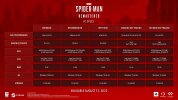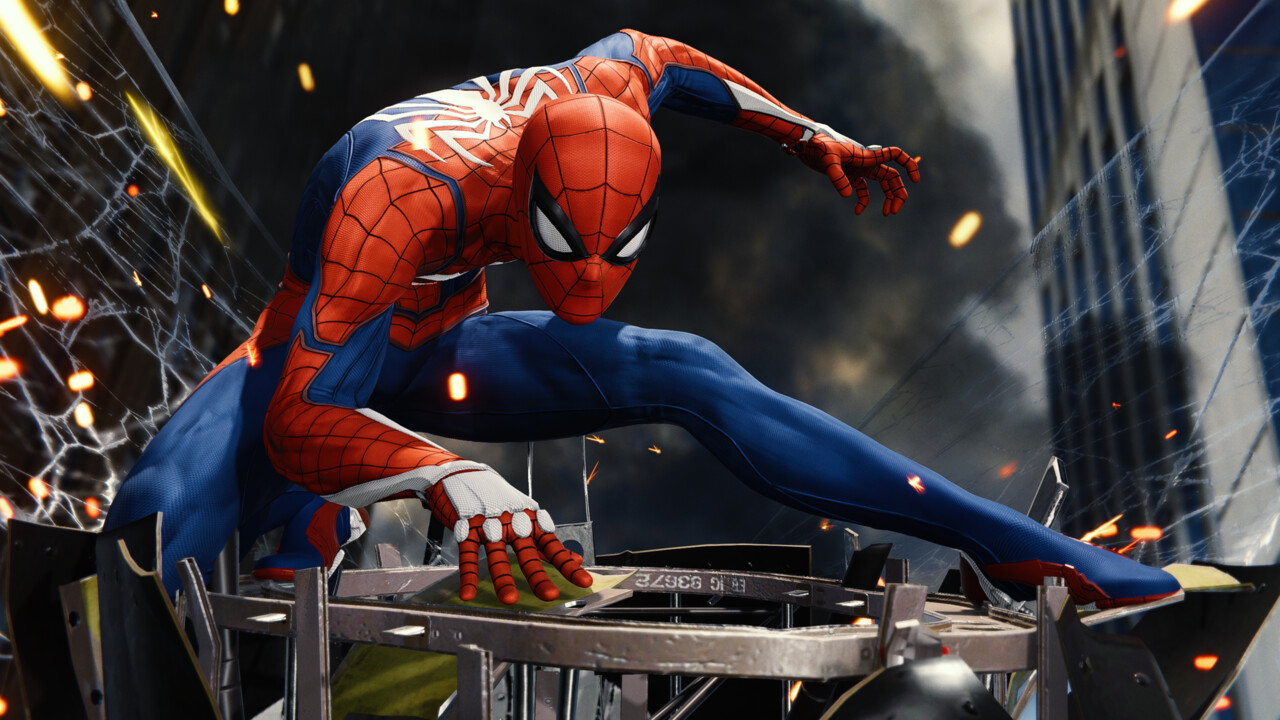DegustatoR
Legend
Dunno, of us two you seem to be an expert on daft.Are you daft, or do you just play it on the internet?
Follow along with the video below to see how to install our site as a web app on your home screen.
Note: This feature may not be available in some browsers.
Dunno, of us two you seem to be an expert on daft.Are you daft, or do you just play it on the internet?
So? I was talking about performance comparison. With GPU being at 83% you can't compare performance because the render isn't running GPU limited. That was my point.
Again: it doesn't really matter how it's running in native resolution for discussion of performance with DLSS.
Yes when you're actually not GPU limited running said algorithms. Cmon, it's not that hard to understand why you can't judge a GPU performance in any algorithm when you're not GPU limited.Let's parapthrase what you said: comparing two different algorithms to reduce GPU load leads to incomparable results between algorithms?
So what does that % number tells us if - according to you - it doesn't tell us anything? And why is it correspond so well with actual performance in basically all games out there if it doesn't tell us - according to you - anything about GPU performance?Do you know what part of the GPU is limiting? One GPU % number doesn't equal shader rate, fill rate, geometry rate, texturing rate, tensor core utilization vs general compute...

Possibly more memory for raytracing data? It's highly unlikely that 16GB won't be enough though so it's probably just someone being too conservative.Why increasing frame rate from 30 to 60 fps at 4k and Ray tracing to ultra doubles the required RAM from 16GB to 32GB?
PC: Nvidia DLSS 2.4.3
We’ve officially deployed DLSS version 2.4.3 with the July patch. We were intentionally using version 2.3.2 since the May Patch because we were aware of some visual issues with version 2.4.3.

Why increasing frame rate from 30 to 60 fps at 4k and Ray tracing to ultra doubles the required RAM from 16GB to 32GB?

Loopmancer sends us on a journey through an Asian cyberpunk metropolis - on request also with noble raytracing optics. To make the "2.5D" splendor playable, three upscaling methods are available. PCGH has explored Dragon City and reveals what Loopmancer has technically on the box.


Spider-Man Remastered im Technik-Test: AMDs FSR 2.0 und Nvidia DLSS 2.4 im Detail
Spider-Man Remastered im Test: AMDs FSR 2.0 und Nvidia DLSS 2.4 im Detail / Nvidia DLSS und AMD FSR 2.0 (und IGTI) in der Analysewww.computerbase.de
I don't see why it would be.I wonder if the PC implementation is different to the PS5's?
When using DLSS or DLAA, the image with it enabled was stable in motion, the level of detail rendered in vegetation and tree leaves is improved in comparison to the in-game TAA solution and small details in the distance, such as wires or thin steel objects, are rendered more correctly and completely.
The FSR 2.0 implementation comes with noticeable compromises in image quality—in favor of performance in most sequences of the game. We spotted excessive shimmering and flickering on thin objects and especially steel objects; they are shimmering even when standing still. Also, the FSR 2.0 image has some visible pixelation around Spider-Man and it can be distracting in motion, especially at lower resolutions.

As of August 9, 2022, all new NVIDIA DLSS implementations will require a minimum driver version of 512.15 (posted March 22, 2022) or newer.
I got myself a Lenovo Legion Slim 7 with an RTX3060 and I'm very impressed with what DLSS provides. Horizon Zero Dawn at full blast in 1080 Quality Mode looks very very nice. But the cherry on top for me is being able to play at 1080 Performance mode + Silent Mode! Of course the quality is noticeable inferior to DLSS Quality, but for me it makes up for it by keeping the laptop silent. Impressive stuff.
